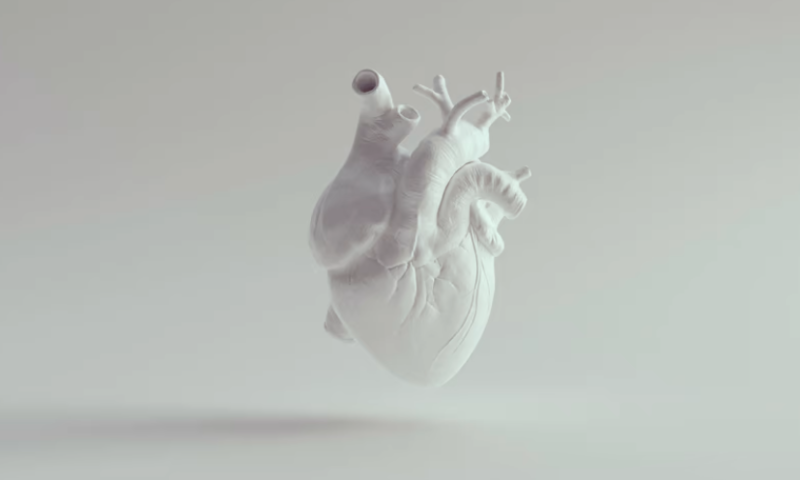Scientists have uncovered a mechanism behind the thickening of the heart muscle wall—a process tied to higher risk of irregular heart rhythms and heart failure.
The findings—led by researchers at the Victor Chang Cardiac Research Institute in Australia and published June 13 in Nature Cardiovascular Research—are a breakthrough in understanding why the heart muscle wall thickens, a condition also known as cardiac hypertrophy.
About one in every 500 people have cardiac hypertrophy, which is tied to heart failure, a diagnosis that has a five-year survival rate below 50%. Current therapeutic options for severe hypertrophy are extremely limited, with traditional approaches unable to reverse damage caused by the disease.
The Australian research team identified the molecules and pathways that cause cardiac hypertrophy and, in a mouse model, discovered how molecules in the heart muscle cells communicate with each other. The findings show molecule Piezo1 setting off a signaling process with partner molecule TRPM4 activating the thickening process.
The new discovery unlocks the possibility of developing a peptide that would stop the molecules from talking to each other. The potential preventive treatment would ward off thickening in the first place or stop further thickening in those already affected.
The team is also exploring how the discovery could impact recovery for heart attack patients.
Previously, researchers at Harvard Medical School’s Brigham and Women’s Hospital explored Piezo1 as a pathway that could spark new treatments for thrombosis, the dangerous blood clots that kill as many as 80% of patients with Type 2 diabetes. By inhibiting Piezo1 with an experimental compound known as GsMTx4, the team was able to prevent thrombosis in both human blood samples and in zebrafish that modeled high blood sugar.
The scientists said their findings could lead to a new treatment target to help modulate mechanically induced thrombosis in patients with Type 2 diabetes and could also be used as a screening tool to predict clotting risk for specific patients. However, for the research to bear fruit in the real world, the scientists said more specific strategies for inhibiting Piezo1 must be developed.

